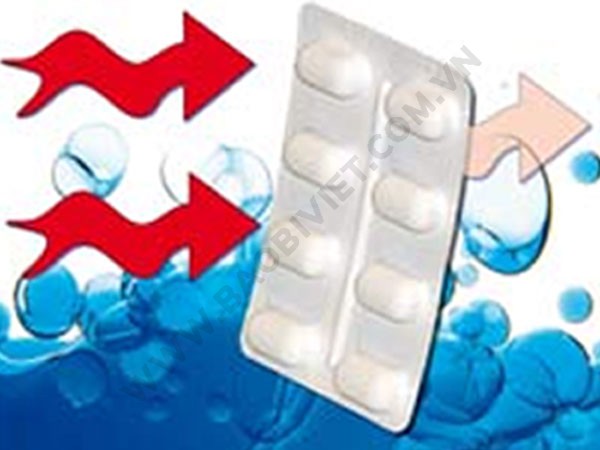Researchers developing eco-coatings for the production of starch and clay-friendly packaging are expected to replace plastic films, and are looking for partners to turn research into business goods. .
CaiLar can be used as a substitute for oil-based plastic films, such as a moisture-proof coating for paper and paperboard packaging, researchers from a joint project between Sheffield Hallam University (SHU) United Kingdom and Karlstad University. Switzerland.

The product was originally researched for foods that contain the least amount of water, such as cookies and cheese. Coating is part of the Sustainpack program of a European research program; To encourage the use of packaging products from traditional natural origin. This product has just won the 3rd prize in the competition for innovators at the 2010 Global Forum held in Stockholm, Sweden.
“Consumption is increasing in society and it is even more important to find alternatives to plastic films that dominate today’s packaging,” said Professor Chris Breen, leader of the Polymers Research Center, Nanocomposites. and Modeling at SHU University UK, “In fact, having a good supply of raw materials and large-scale production are important factors that are easily achieved and have additional benefits from the recycling points “.
The properties of the coating
The team explored several starches and clays to find the right combination material. A challenge to overcome is the brittleness of the starch, which is even more fragile with the addition of clay.
“Therefore, with all starch coatings, we have also identified a suitable plasticizer that is safe to contact with food,” said Professor Breen. “It’s a synergistic interaction between starch, clay and plasticizer, which provides excellent moisture barrier properties.”
He explained that, with paperboard without any surface coating, the water vapor permeability (Water Vapor Transmission -WVTR) is 340g / m2 / day. If two separate layers of starch and plasticizers are added, the WVTR permeability decreases to 260g / m2 / day. One significant change is that the combination of clay into the two upper cover showed that the rate of water vapor permeability decreases to 30g / m2 / day. The experiment was conducted at 23 ° C with 50% relative humidity.
Commercialize
The team also found that the best conditions for a clay-starch-plasticizer combination would have maximum oxygen and moisture barrier properties. Under normal conditions, starch’s oxygen-blocking properties plummet in the presence of moisture, Professor Breen adds.
The group said it is looking for a partner to benchmark the overlays and plans to finalize its commercialization strategy by the end of next month.
All coated ingredients are whitelisted and the group is still seeking approval. A patent for protection of intellectual property rights has been filed and applications are currently being adopted through a patent application treaty, he added.


